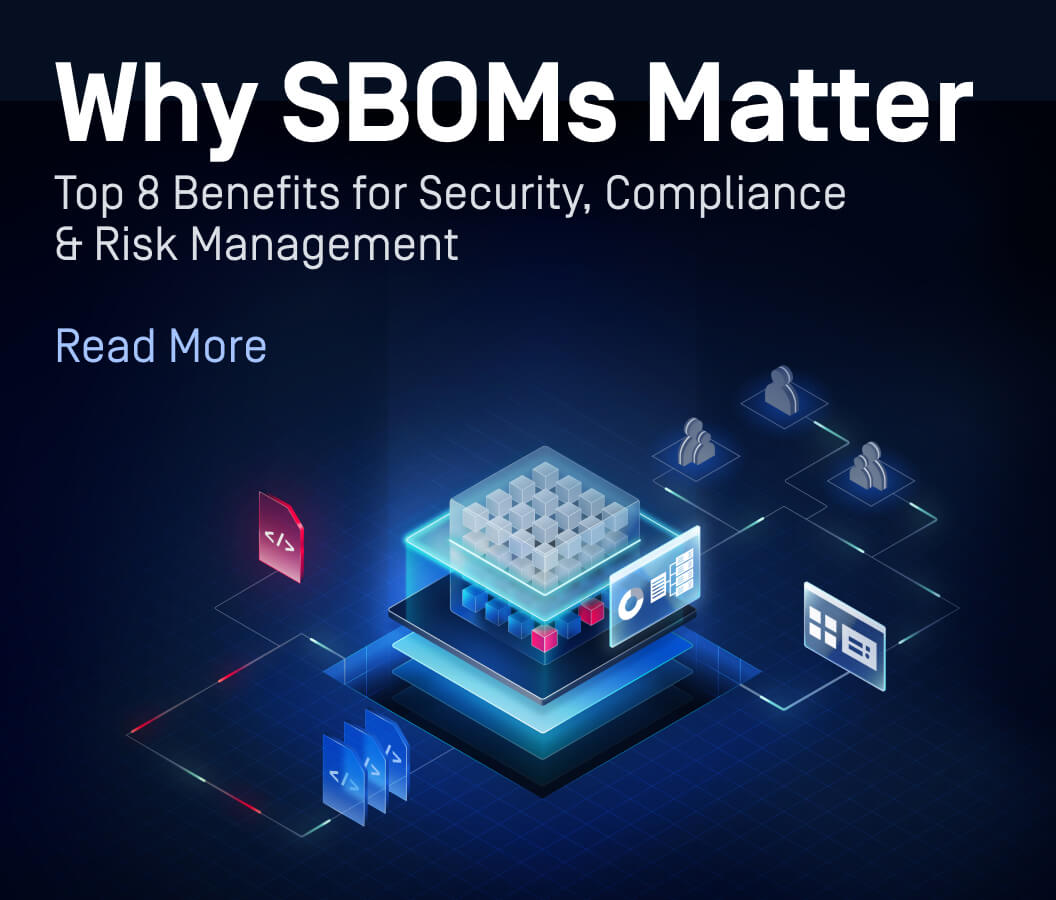2014 was dubbed as 'the year of the data breach'. With many new data breaches dominating the headlines in 2015, including Anthem, the White House, banking attacks, and the latest employee data theft at the US federal government, one can only imagine what the name for 2015 will be: the year of even more data breaches?
According to the Ponemon Institute, 43% of companies experienced a data breach in 2014. Not only is the number of data breaches rising, the number of records stolen per breach is increasing as well as the cost per stolen record. It is apparent that current security measures are not sufficient to protect organizations from data breaches.
The SANS Institute reports that a whopping 95% of all attacks on enterprise networks gained entry through a spear phishing attack. A spear phishing attack is an email targeted at specific individuals that are engineered to look legitimate and fool even tech-savvy users. The email has a malicious attachment or link that when opened installs malware and tries to gain system access.
Clearly, spear phishing attempts are sometimes able to get past traditional spam filters and antivirus engines. No single antivirus engine will be able to block every threat. However, by deploying multi-scanning with multiple antivirus engines, the different detection algorithms and heuristics of each engine can be combined, which significantly increases the malware detection rate for known and unknown malware. Other technologies such as data sanitization and file type verification can also prevent threats that may go undetected by antivirus engines.
In the slide show below, we have highlighted the top 10 most interesting, remarkable, and troubling facts about data breaches:
Data breaches are becoming more prevalent and more sophisticated. Suffering a breach is no longer a question of if but when. It is important that companies start increasing their security defenses. Find out how to stop spear phishing attacks and data breaches with Policy Patrol Security for Exchange.

